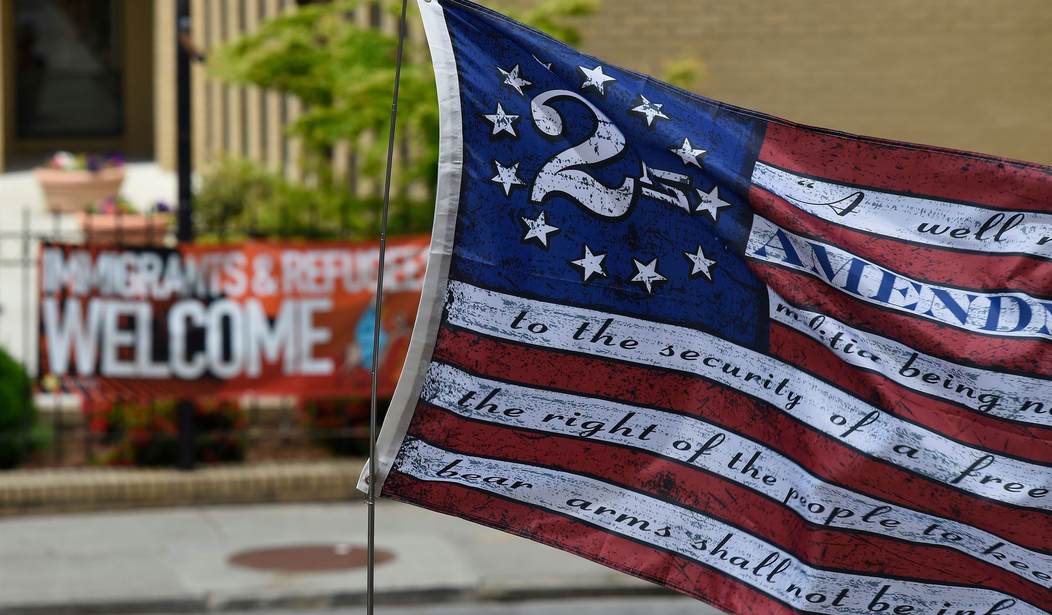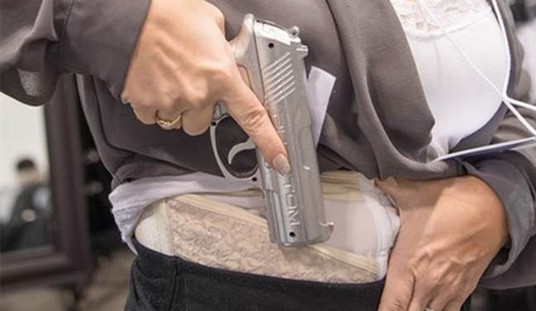The Second Amendment isn’t overly difficult to understand. Just looking at the plain text of the amendment makes a lot of things clear, namely how few gun control laws actually adhere to the text.
Yet despite that, Americans have tolerated restrictions on the Second Amendment that we’d have never accepted on any other constitutionally-protected right. It’s why the right to keep and bear arms has been referred to as a “second-class right” more than once.
However, as Theresa Inacker writes over at SCOTUSblog, those days are now over.
After more than a decade of unsuccessful challenges post-Hellerand McDonald, gun owners finally rejoice that the Second Amendment is no longer the “constitutional orphan” of the Supreme Court, as once lamented by Justice Clarence Thomas. In the 6-3 Bruen decision written by Thomas, the Second Amendment vaulted from “constitutional orphan” to what could be argued is that of a fortified — perhaps bulletproof — treasured heirloom.
On June 23, the court held that the Second and Fourteenth Amendments to the U.S. Constitution protect the right to carry firearms outside the home, and that government licensing authorities cannot require an applicant to articulate a subjective, special need to exercise that right. This subjective requirement, and the case-by-case determinations it entailed, are wholly improper, leaving room for abuse and inconsistent results. Therefore, Bruen has the broadest impact in what are known as “may-issue” states — the outlier states when it comes to gun rights. These are New York, New Jersey, California, Hawaii, Maryland, and arguably, the District of Columbia, which restrict or ban the carrying of firearms in public. These states are outliers because, as Thomas noted, 43 other states are “shall-issue” states.
While the Second Amendment itself has been the marginalized “constitutional orphan,” the outlier states’ oppressive carry bans likewise impacted marginalized groups. The DC Project Foundation (along with organizations representing LGBTQ and Jewish gun owners) filed an amicus brief to highlight the perspectives of these marginalized groups, whose members wish to carry a firearm outside the home for the lawful purpose of self-defense. Women, religious minorities, and members of the LGBTQ community often find themselves disproportionately victims of violent crime. In his concurrence, Justice Samuel Alito referenced these concerns, nothing that “[s]ome briefs were filed by members of groups whose members feel that they have special reasons to fear attacks.”
I won’t delve into the whole thing because, well, you should go read it for yourself.
Inacker cites The DC Project’s brief regarding how regulations negatively impact groups like women, for example.
But it’s the idea that the Second Amendment is no longer that “constitutional orphan” that I wanted to focus on for the moment because that is especially huge.
We must remember that any perceived exception to people’s rights is used to justify additional exceptions to people’s rights. How many times have we heard “you can’t yell ‘fire’ in a crowded theater” given as evidence we should accept infringement on our right to keep and bear arms? (Side note: It’s not even a good argument since the ruling that came from was eventually overturned and, even before it was, there were always going to be cases where one could do just that.)
However, because of that tendency, protection of the Second Amendment means so much more now. No longer can gun control be used to justify restrictions on other rights, just as we reject restrictions on other rights being used to justify gun control.
In the aftermath of Bruen, the idea that the Second Amendment somehow deserves less standing than our First or Fourth Amendment rights is forever shattered. That’s the big win.
The Second Amendment preserves a right, one that it just as sacred as the rest. It’s about time that fact was recognized.








Join the conversation as a VIP Member